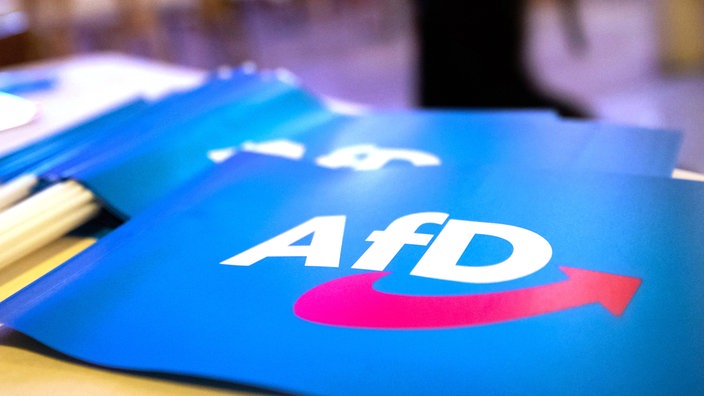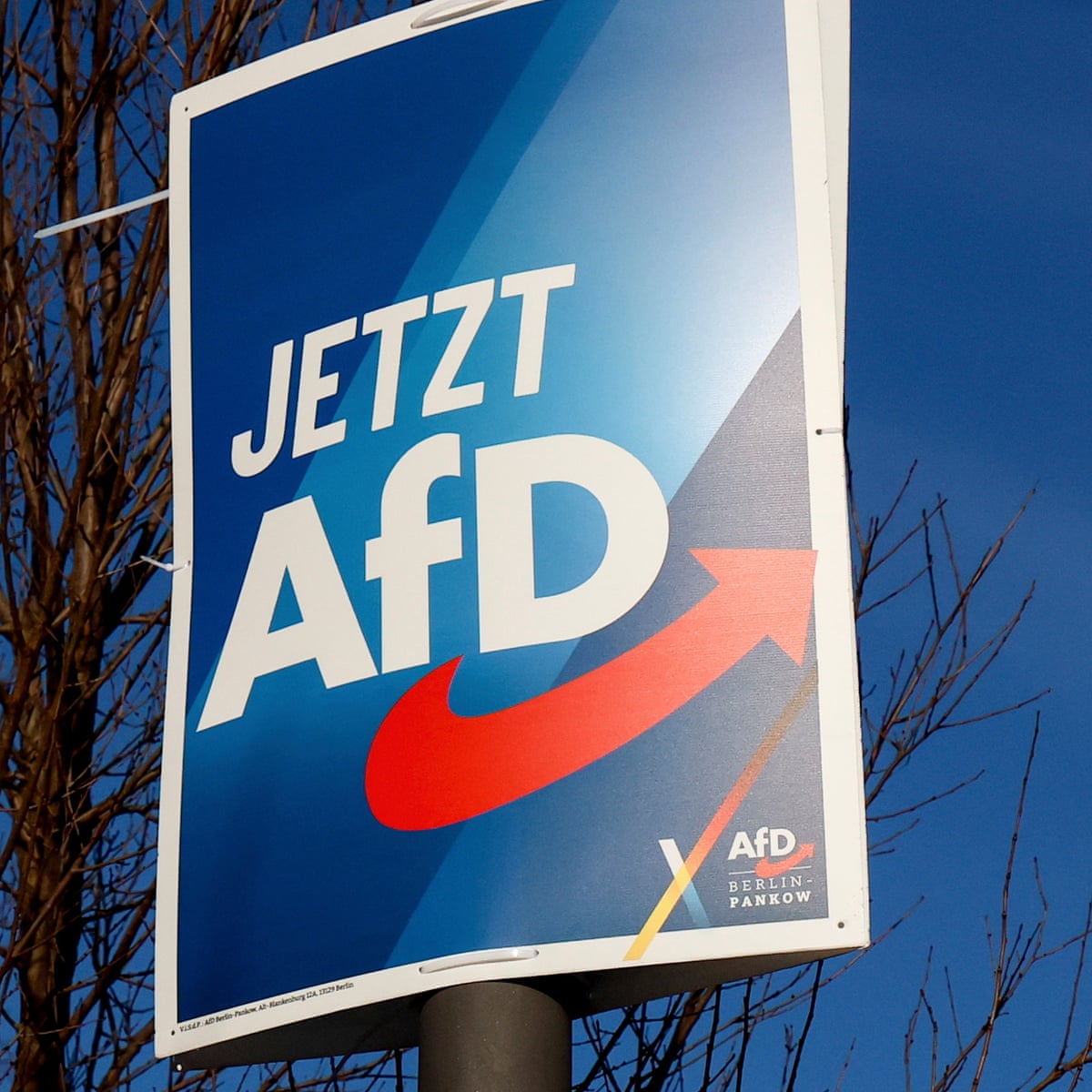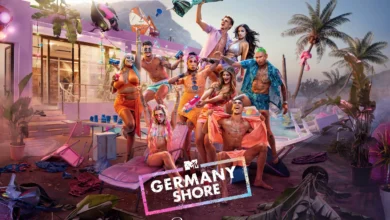AfD Wahlplakate: The Politics of Poster ART

AfD Wahlplakate in the cold dawn light of Germany’s election seasons, the streets become a gallery. Lamp‑posts, bus shelters, city walls—these surfaces are dressed with the glinting promise of change, the texture of fear and hope, the hush of propaganda and the roar of identity. Among the many actors in this gallery, the AfD Wahlplakate (election posters) stand out: not quietly, but with a deliberate force, a visual punctuation mark in Germany’s political landscape.
The Anatomy of an AfD Poster
At first glance, an AfD Wahlplakate poster might appear simple: a bold slogan, the party’s logo, perhaps a photographed face, perhaps not. But if you study it, you observe something more intricate: a tightly woven tapestry of symbolism, code, identity, and tension.
Slogans as Incantations

AfD Wahlplakate “Deutschland, aber normal” (“Germany, but normal”) is one phrase. “Unser Land zuerst” (“Our country first”) another. These are not mere marketing taglines. They are incantations that seek to claim the idea of cultural normality, of familiarity, of a core identity under threat. They summon a world that is secure and known, where the visible markers of “German-ness” are unambiguous.
Color, Type, and Visual Contrast
AfD Wahlplakate tend toward certain visual tropes: high contrast, stark color palettes, often blue (its corporate color), red arrows, white spaces. The logo is often prominent, uncomplicated, arrowed, sharp. Typography is direct—with uppercase when confronting, sans serif when “modern,” sometimes with softer edges when invoking sentiment. These choices are not aesthetic accidents but tools: they demand legibility even from a moving car, they impose immediacy even in distraction.
Imagery and Implicit Messages
Beyond slogans and colors lies imagery. Sometimes it is family portraits: parents and children, perhaps blond children, perhaps idealized figures. Sometimes it is landscapes or national symbols. Rarely overt, but always suggestive. These visuals cast shadows of belonging and exclusion: who is “us,” who is “them,” and who is welcome in that image of “us.”
One domain of imagery that AfD often uses involves gender, migrants, religion—especially Islam. Women are depicted both as figures in need of protection, and as symbols of threatened culture. Men (often implied rather than shown) become protectors, guardians of boundary. These images interact with the textual message to amplify tension, to hint at danger, to call for a re-establishment of order.
The Political Ecology of AfD Posters
A poster is not free-floating. It lives in the street, in neighborhoods, in the psyche of people. Posters are torn, covered, disrespected, discussed. They become sites of conflict and meaning far beyond their printed surface.
Conflict and Controversy
Many AfD Wahlplakate have sparked public controversy. One recent example: a poster showing a smiling family (blond children, parents with their arms forming a kind of roof over them) with a slogan like “We protect your children”—but the positioning of the father’s arm raised in a certain way drew accusations of echoing forbidden imagery from Germany’s dark past, specifically the Nazi era. Critics argued the visual implied a Hitler salute, even if that may not have been the intent. The police and prosecutors got involved. The posters were taken down in some places.
Other controversies concern “deportation tickets”—flyers designed like airline tickets, with messages about “departure: Germany, destination: safe country of origin.” These touched raw nerves about xenophobia and incitement. They may have been aimed broadly, but people suspected they targeted immigrant communities. Legal systems opened investigations.
The Audience(s)
AfD Wahlplakate are meant for several audiences simultaneously.
- First, there are their base voters: those who already sympathize with right‑wing populist arguments. The posters reassure, confirm, remind them who they are, what they fear, what they want preserved.
- Second, there are floating voters: people alarmed by immigration, globalization, cultural change but not yet committed. Posters must work fast to speak to them.
- Third, there is the wider public and the media, who often react to posters with shock, critique, or satire—another layer that amplifies the original message.
Imaginary Landscapes: AfD’s Visual World in Context
To understand what AfD posters represent, one must situate them in Germany’s broader visual, political, and historical environment. These posters are not only about the present; they tap into memory, myth, anxiety.
Nostalgia and Mythic Identity
A recurring theme in AfD Wahlplakate is nostalgia—for a version of Germany perceived as homogeneous, secure, and sovereign. The mythic “home,” the protective family, the border as threshold, the tradition as armor. These are powerful imagery motifs: light wood floors, tidy gardens, classic architecture, fields, forests. Not always literally shown, but felt in the edges and margins of what is shown.
Threat and Otherness
Often, the AfD’s visual strategy hinges on defining an “other”: migrant, Muslim, liberal elite, European bureaucracy. Posters reference Islam visually or through contrast: women in burkas, or conversely women in bikinis, or food that “doesn’t belong” in German cuisine. These visuals are not subtle—they provoke, they polarize. They claim that German identity is under pressure.
Gendered Visual Rhetoric
In many posters, women are symbols: of the threatened domestic sphere, of innocence, of tradition. Sometimes they are objects of protection; sometimes they are backdrops. Men are often absent, or their bodies implicit—behind the camera, in the posture of protection, or in symbolic roles. This visually enforces patriarchal ideas: the male protector, the female as vulnerable, the foreign male as threat.
The Modern Poster: Design, Branding, Campaign Strategy
These posters are not relics. They are designed to be efficient, controllable, and scalable. They are part of the machinery of modern campaigning.
Branding
AfD has developed incisive branding: arrow‑logos, signature colors, consistent typography. Their visual identity is meant to be recognizable even in partial presence—on stickers, badges, social media. A party’s visual brand matters almost as much as its slogans or candidates in the early phase of an election cycle.
Social Media & Digital Amplification
Images of posters do not stay only in the street. They are photographed, shared, mocked, praised. This dual nature means that a poster’s power often lies in its second life: on Twitter, Telegram, Instagram. The controversies around them generate media coverage, which reaches beyond physical vicinity. A controversial image may attract far more attention than a safe one. AfD has shown skill in playing with that edge.
The Ethics and the Legal Boundaries
Germany has strict laws around hate speech, symbols of National Socialism, and protection of constitutional values. Posters that drift into territory that evokes forbidden symbols (even by suggestion) may be challenged legally, removed, or cause prosecution. This legal boundary acts as both constraint and canvas: AfD sometimes appears to flirt with the line—provoking outrage, gaining attention, forcing reaction.
Furthermore, the ethics of including or excluding certain communities from the focus of the imagery—how migrants, Muslims, non‑white people, or other minorities are cast—raises serious moral issues. What voice is being elevated, what world presumed normal, what fears stirred?
The Impact: What Wahlplakate Do
What do these posters accomplish, really? They are more than decoration; they shape public mood, set boundaries of acceptability, influence discourse.
- Normalization of certain views: Repetition of messaging about immigration, threat, cultural erosion can shift what people see as “reasonable” beliefs in public debate.
- Polarization: Posters often deepen “us vs them.” They stir up identity politics.
- Fear and protection narratives: Many posters appeal to fear (real or imagined) and then offer safety as though AfD is the protector. This is effective in times of economic or social uncertainty.
- Mobilization: They energize supporters to vote, to identify, to participate—especially those who feel their identity is under question.
- Dialog and counter‑iconography: They provoke responses—art, parody, protest, legal complaint. That response itself becomes part of the visual culture around politics.
Conclusion: Posters at the Edge of Memory and Future
AfD Wahlplakate are not inert. They are charged devices—visual, verbal, emotional. They exist in a liminal space between what is spoken openly in society and what lingers in unspoken fears; between history’s weight and tomorrow’s possibilities. They are shadows cast by identity; mirrors reflecting unease.
To pass a poster on a lamppost is to walk through a canvas of ideation: what Germany was, what Germany is, what Germany might become. Some see promise, others threat. Some see protection, others exclusion. What is unmistakable is the way these small sheets of printed paper become battlegrounds in the street—for belonging, for definition, for history.
And in the end, a poster is only paper and ink. But in its frame, its slogan, its chosen image, it captures cracks: the rupture between what people believe they deserve, what they fear they have lost, and what they hope can be reclaimed. In those cracks, the AfD’s Wahlplakate plant both seeds and warnings.
Whether you drive by, walk by, or scroll past, these posters are speaking—to collective memory, to identity, to the future. They are election art, if art aims to move you. And in that movement, Germany sees some of its deepest conversations unfolding, in public, framed in color, words, and symbol.AfD Wahlplakate and the Politics of Poster Art
In the cold dawn light of Germany’s election seasons, the streets become a gallery. Lamp‑posts, bus shelters, city walls—these surfaces are dressed with the glinting promise of change, the texture of fear and hope, the hush of propaganda and the roar of identity. Among the many actors in this gallery, the AfD Wahlplakate (election posters) stand out: not quietly, but with a deliberate force, a visual punctuation mark in Germany’s political landscape.

